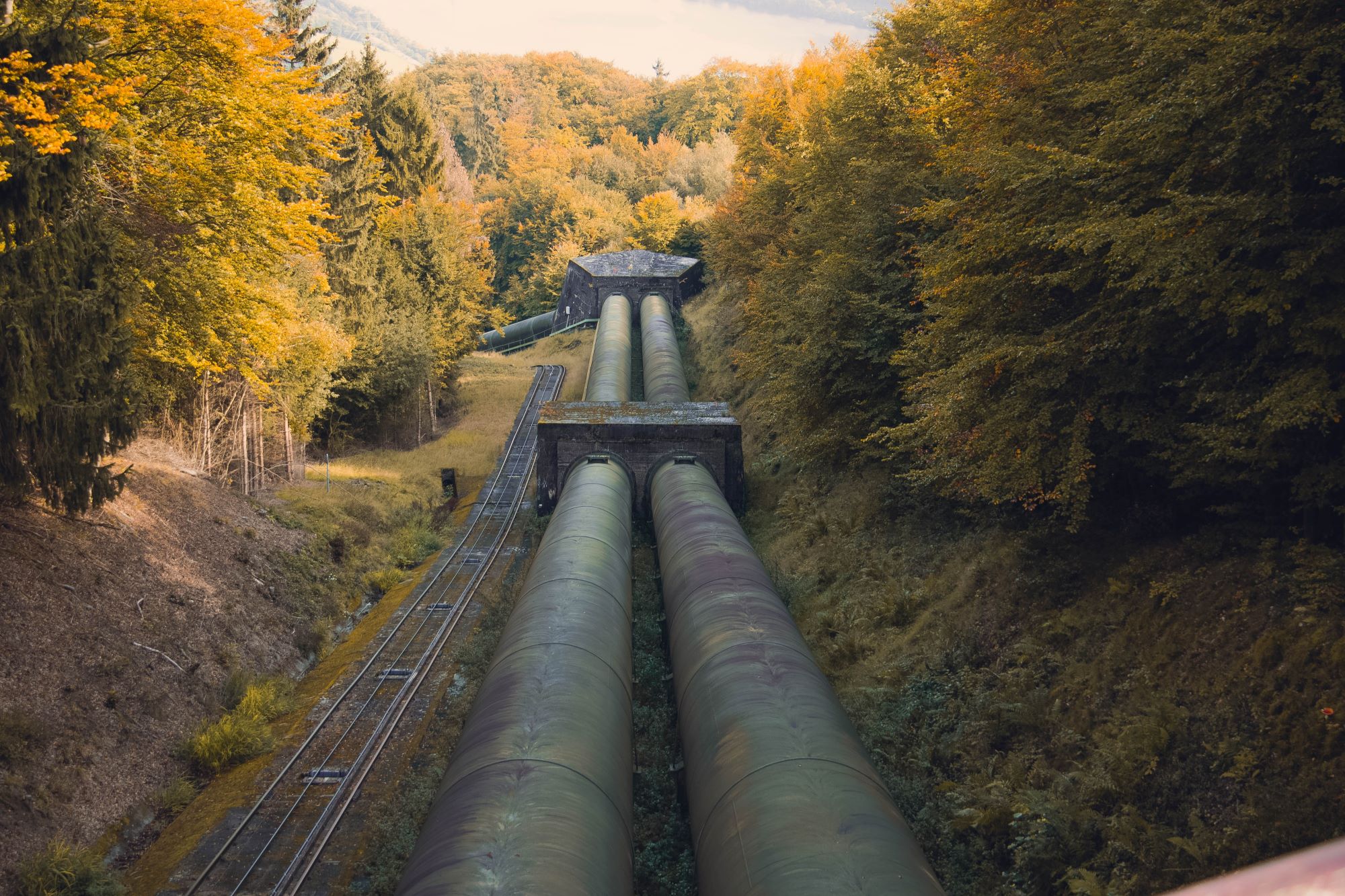Corrosion and Its Impact on Pipelines

Posted by on September 15, 2020 in Blog.
To date, the yearly estimated cost of pipe corrosion in the oil and gas industries is $1.3 billion. Internal corrosion causes at least 12% of incidents on hazardous liquids and gas pipelines from 2014 to 2017.
Overall, about 60% of pipelines incidents are caused by corrosion.
When a pipeline corrodes, it loses its essential properties and mechanical strength. This can lead to life-threatening failure and expensive damage.
Proactive measures and regular maintenance will reduce resulting leaks and repair costs as well as keep the supply flowing while meeting safety, health and environmental codes.
How Does Corrosion Occur in Pipelines?
Corrosion is a chemical process that occurs naturally as the environment causes the deterioration and destruction of pipe materials.
This can occur on the interior and exterior of the pipes and can affect pipes, pipe joints, welds and surface coatings. Corrosion can cause damage not only to metal surfaces but non-metal surfaces as well such as ceramics and polymers.
Environmental conditions such as soil chemistry, humidity and salt water are the major contributing factors to corrosion, but velocity and pressure as well as the type of gas and liquid being transported can have an impact as well.
How to Prevent Pipeline Corrosion
Not all pipelines are guaranteed to corrode. With proper maintenance and monitoring, pipelines can safely operate for decades.
When a pipe is manufactured, or during construction, protective coatings are applied to the surface of the pipe to prevent rust and corrosion.
Once a pipe is installed, maintenance procedures such as cathodic protection, exterior scraping, visual inspections and the use of pipeline pigs are used to keep the pipeline from corroding.
Cathodic protection involves draining the electrons out of the metal to reduce its potential to rust.
Pipeline pigs are devices used to perform maintenance operations on pipelines (such as cleaning the interior) without disrupting the flow of product.
Is Pipeline Corrosion a Real Problem?
Pipeline corrosion is becoming a real problem because changes in the environment, climate and aging pipeline infrastructure are drastically affecting corrosion rates.
Therefore, the same maintenance and inspection procedures that worked in the past may not be sufficient in monitoring the corrosion of today’s pipelines.
Even with the implementation of safety codes, the presence of corrosion on pipelines is still increasing due to:
- Lack of information
- Global warming/climate change
- Relaxing monitoring and inspection materials because new materials are being used • Misuse of pipelines
- Lack of experience
- Allowing pipeline to exceed lifespan
They say that an ounce of prevention equals a pound of cure – careful monitoring, maintenance and inspection are an oil company’s first line of defense against pipeline corrosion.
Corrosion and its Impact on Pipelines
Corrosion is certainly a rising concern in the oil and gas industries.
Having a pipeline corrode to the point of reducing its structural and mechanical integrity will eventually lead to myriad of dangerous and expensive issues.
Thankfully, technology is keeping up with environmental changes and the need for more stringent maintenance procedures.
Apache Pipeline Products is a leading manufacturer in pipeline cleaning and maintenance. Our team is dedicated to providing the oil and gas industry with the highest quality pipeline cleaning and maintenance.
If you have any questions about the prevention of corrosion in your pipelines, do not hesitate to contact our experts today!
